Market Analysis
In-depth Analysis of Border Security Market Industry Landscape
The Border Security Market is influenced by a complex interplay of factors that collectively shape the industry's dynamics and trajectory. One primary factor driving the market is the persistent global security threats and challenges, ranging from terrorism to illegal immigration and organized crime. As nations grapple with these multifaceted risks, the demand for robust border security measures intensifies, influencing the market's growth. The evolving nature of security threats prompts governments and border control agencies to continually invest in advanced technologies and comprehensive solutions, shaping the market factors in response to the dynamic security landscape.
Fortressing the frontiers: the Border Security market is locking down a colossal $678 billion future by 2032, propelled by a 7.61% annual growth surge. This fortified outlook owes itself to an insatiable demand for next-gen solutions. Think smart fences, surveillance tech, and biometrics, all working in concert to shield nations from illegal immigration, terrorism, and a spectrum of threats. With advancements in technology outpacing border-crossing attempts, expect a future where every inch of a nation's edge is vigilantly protected, ensuring safer shores for all.Geopolitical considerations are crucial market factors in the Border Security Market. Nations facing geopolitical tensions, border disputes, or situated in regions prone to instability prioritize the strengthening of their border security capabilities. The geopolitical landscape directly impacts government policies, budget allocations, and the overall strategic focus on border security. Market factors are influenced by the need for adaptive and region-specific security solutions that align with geopolitical realities, ensuring that border security measures are tailored to address specific challenges in different parts of the world.
Government policies and regulatory frameworks significantly influence the market factors of border security. National security policies and the regulatory environment established by government agencies dictate the procurement, deployment, and operation of border security technologies. The stringency of regulations, adherence to international standards, and the legal framework surrounding border control impact the industry's development and adoption of technologies. The market factors are shaped by the legal and policy considerations that govern the implementation of border security measures, ensuring alignment with national and international legal norms.
Budget allocations and financial considerations play a pivotal role in shaping the market factors of the Border Security Market. Governments allocate budgets based on perceived security threats, national priorities, and economic considerations. The availability of financial resources influences the pace and scale of investments in border security technologies. The market factors are responsive to budgetary decisions, impacting the industry's ability to innovate, develop, and deploy advanced solutions. Budget constraints may influence the prioritization of specific technologies or the implementation of phased border security programs.
Technological advancements and innovation are central market factors in the Border Security Market. The rapid evolution of technology, including the development of unmanned aerial vehicles (UAVs), biometric identification systems, artificial intelligence (AI), and sensor technologies, shapes the industry's landscape. Market factors are influenced by the continuous quest for cutting-edge solutions that enhance the effectiveness of border security measures. The adoption of innovative technologies ensures that border security forces stay ahead of emerging threats, contributing to a more dynamic and responsive market environment.
The interconnected nature of global security concerns contributes to the market factors of international collaborations. As security threats often transcend national borders, countries seek collaborative approaches to address shared challenges. Joint ventures, research collaborations, and information-sharing agreements among nations influence market factors by fostering a global network of expertise and resources. The industry's ability to develop standardized solutions and share best practices is influenced by the level of international cooperation, shaping the market factors in response to the interconnected nature of security threats.
Humanitarian considerations and ethical factors impact the market dynamics of border security. The deployment of border security measures, including barriers, surveillance technologies, and biometric identification, often raises ethical concerns related to privacy, human rights, and the treatment of individuals crossing borders. Market factors are influenced by the industry's response to ethical considerations, leading to the development of technologies that strike a balance between effective security measures and the protection of human rights. Solutions that address both security imperatives and humanitarian concerns contribute to the evolving landscape of border security.
Environmental factors and climate change considerations are emerging market factors in the Border Security Market. The impact of climate change, including natural disasters and changing migration patterns, influences the industry's approach to border security. Monitoring environmental factors allows for a more informed response to climate-related challenges, affecting the development and deployment of border security technologies. Market factors are shaped by the industry's recognition of the interconnectedness between environmental factors and border security considerations, leading to adaptive strategies that address the broader impact of climate change on border regions.

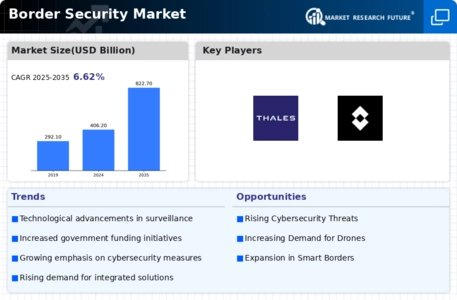
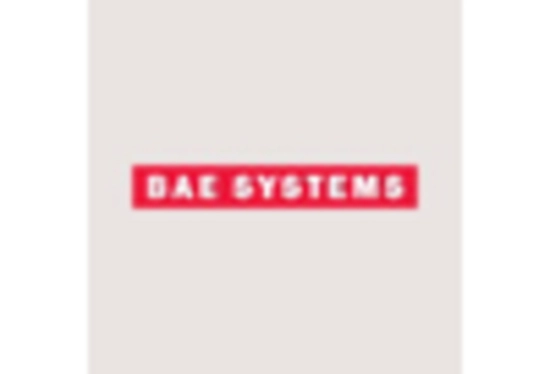
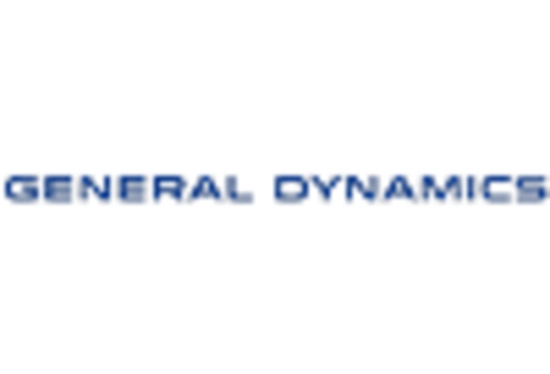
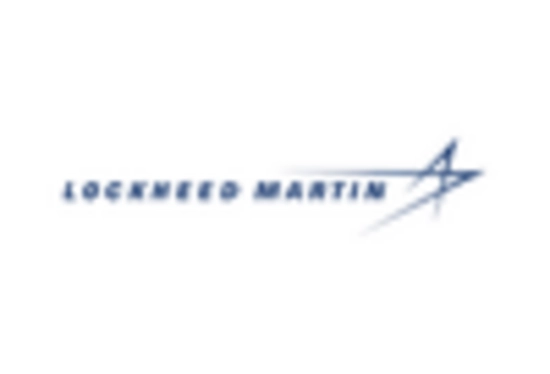
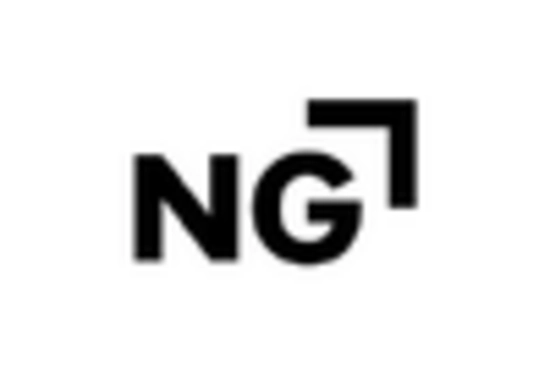
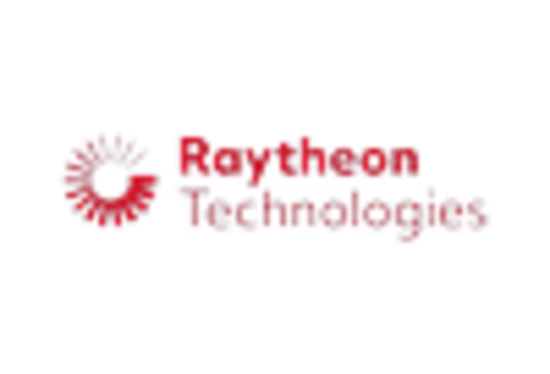
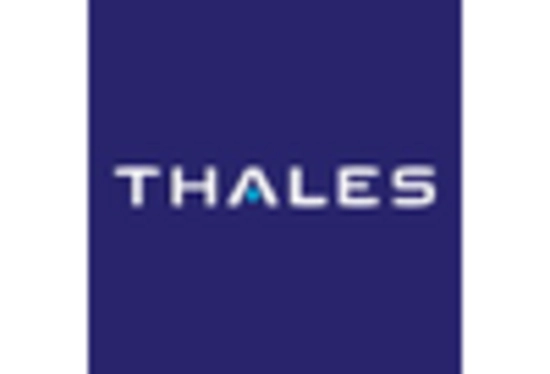

Leave a Comment